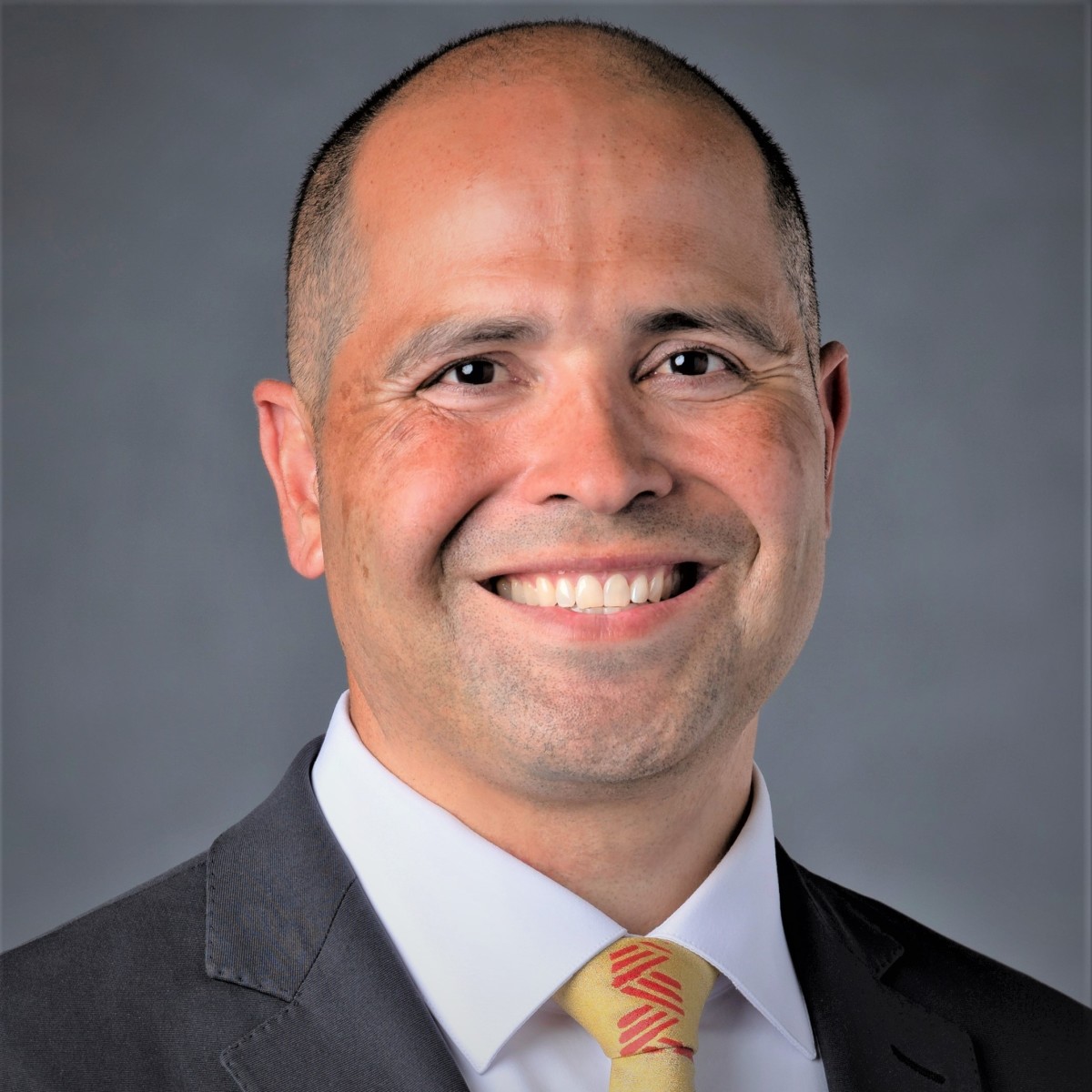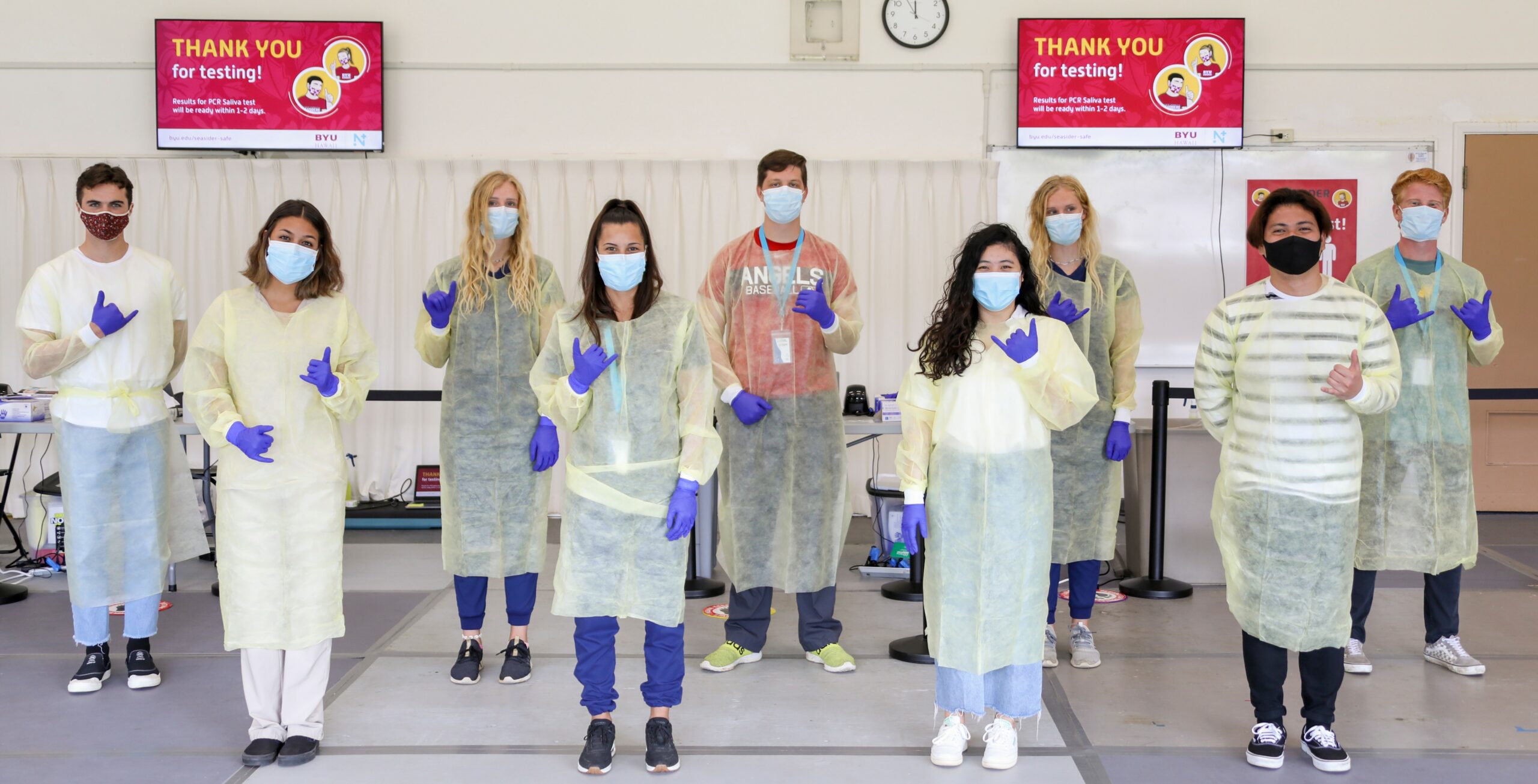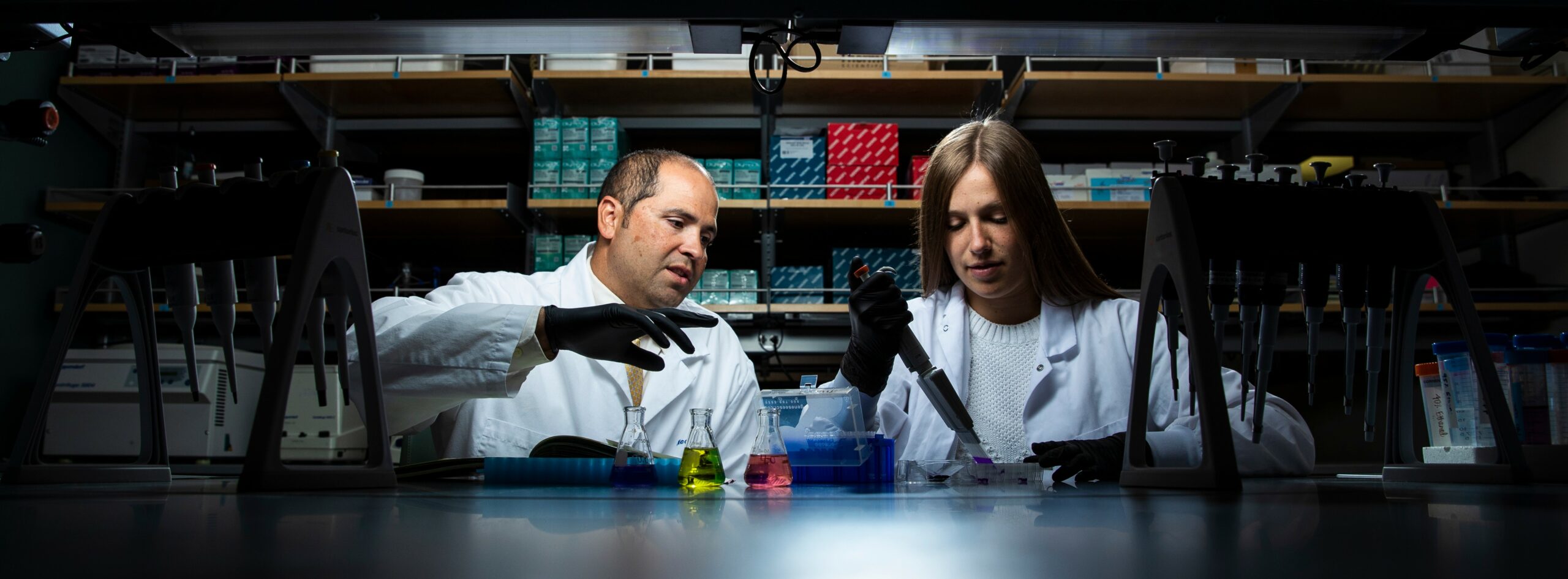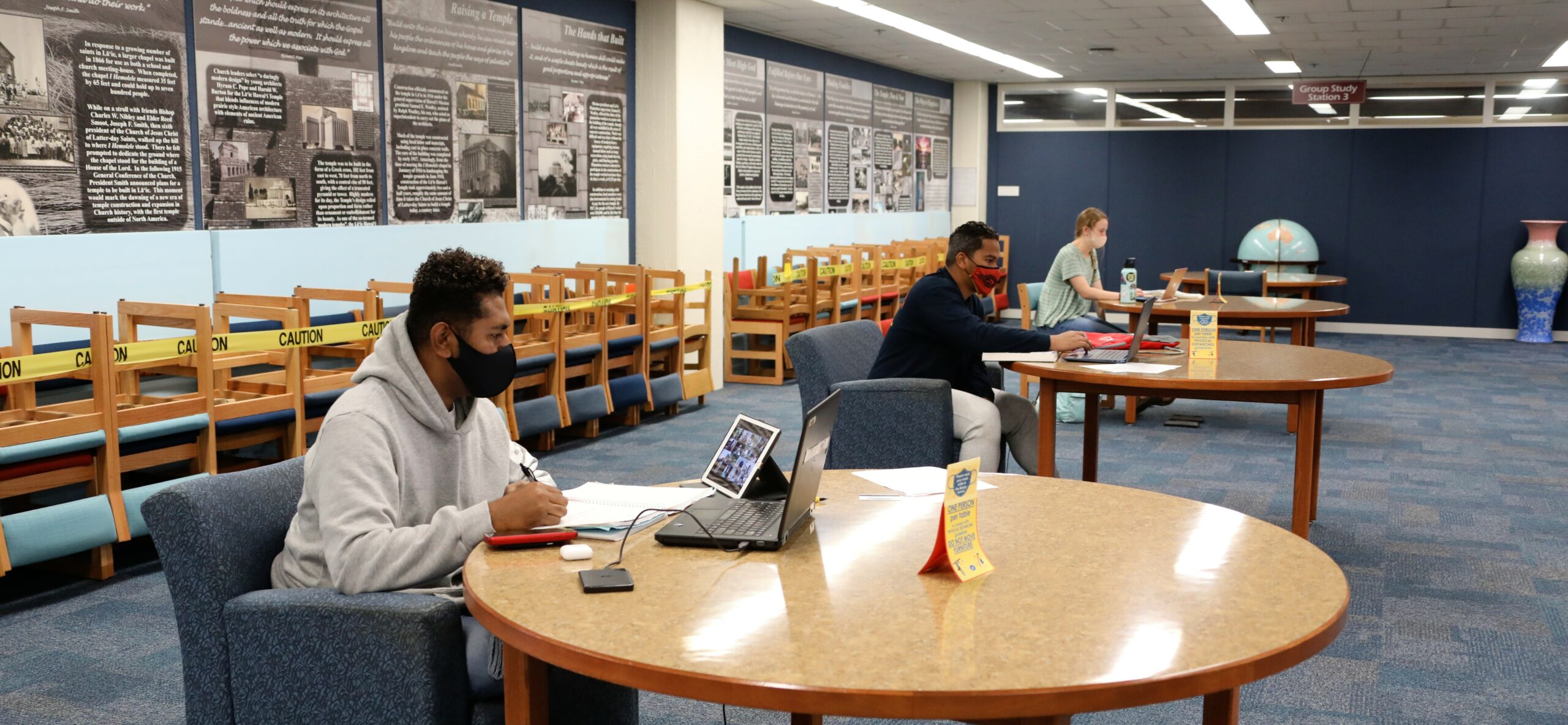
Last April, Dr. John S.K. Kauwe III was approached by the Board of Trustees at Brigham Young University with an offer: become president of BYU Hawaii.
“My wife and I essentially said yes on the spot and we’d figure out the rest of it later,” said Kauwe, then Dean of Graduate Students who grew up in Hawaii. “It was a very rapid jump right into the deep end.”
Indeed, this was the opportunity of a lifetime, a chance to return home to lead a university perched on the northern end of idyllic Oahu, where sand and surf meet Polynesian culture and church history. There was no saying no. But the matter of leading a university during a pandemic meant Kauwe’s start would not be gradual or easy. In some ways, its unique location made it that much more complex.
For one, BYU Hawaii has a large contingent of international students. When knowledge of COVID-19 became prevalent, the university booked scores of flights, only to have many of them canceled because of restrictions in other countries. That left the school with about 800 students who had nowhere to go. Second, the surrounding community of Laie is comprised of a large population of Pacific Islanders, who are more prone to negative outcomes from the virus.
Faced with those challenges, Kauwe and his team developed a plan to keep the community safe and students and their families housed and fed. It also worked to get them jobs across campus – from research projects to landscaping. On the academic side, instruction went largely asynchronous online, helping students in 70 countries – including some on the other side of the International Date Line – keep pace.
Fast-forward several months and in-person learning has gradually returning to BYU Hawaii. So have students, as protocols allow. Success has hinged on a robust testing program led by Nomi Health, which is conducting 1,500 to 1,600 per week for students, employees, faculty, contractors and employees of the nearby Polynesian Cultural Center. BYU-Hawaii recently reported a less than .1% positivity rate on campus, 10 times lower than the state infection rate.
When he started to look at the situation early on, Kauwe wondered, “Can we just test everyone and contact-trace rapidly and get to the point where, we expect zero positives every day? That was the pie-in-the-sky approach. If we execute this, we can bring everyone back. We can have in-person courses. We can open up our fitness facilities. We can have student life activities. If executed well, it reduces risk to the community because we find the outbreaks rapidly. It went really smoothly.”
In addition, Nomi has hired several dozen students to assist in the testing process. They are receiving experiential learning opportunities working alongside health professionals in helping protect the campus and community from COVID.
“That’s been wonderful to see,” Kauwe says. “It’s empowered our students as they think about their education and their professional future.”

Protecting students and the community
BYU-Hawaii, run by The Church of Jesus Christ of Latter-day Saints, boasts about 3,200 students. More than half have returned to campus to enjoy the 50 majors and 15 certificate programs offered by this “intellectual, moral, ethical and spiritual enrichment” university.
It is truly the centerpiece of the Ko’olauloa community, so having a plan to not only get students back in the classroom but also safeguard locals was top priority.
“We are the economic employment center,” Kauwe says. “This is not Waikiki. This is a quiet town on the on the north side of the island. We want those [relations] to be positive. Students need to be back, but we can’t bring them back in a way that jeopardizes our community. That’s when I started to explore options for a much more comprehensive testing and monitoring program by executing faster and more thorough contact-tracing.”
Nomi Health was contacted to help with the implementation of a weekly saliva-based PCR testing program that would be free for employees and students. In a short time, the results were exactly what they’d hoped for, essentially insulating the campus and community from COVID outbreaks. There have been a few cases here and there – largely driven by off-campus activities as students work uniquely Hawaiian part-time jobs in areas where people congregate: restaurants, surf lessons, zip lines and cultural events. But for the most part, those efforts have allowed campus to remain open, even for the locals.
“We talked a lot about locking down our campus,” Kauwe says. “But many of the people in our community enjoy using our campus to walk their dogs and have a safe, well-lit, open, low-traffic place to be. We didn’t want to take that away unnecessarily.”
Backed by that successful program and the state’s blessing, Kauwe says BYU Hawaii has opened anything it could – basketball courts, the gym and swimming pool. They also opened up 10% of classes in-person, some outdoors but most indoors in larger classrooms. It has continued to bring back students, including those who went to the U.S. mainland to stay with family and friends through a hardship return program.
“We are expanding our use of facilities in line with state regulations and good science and prudence,” he says, noting that the university has a separate dorm for isolation and quarantine, just in case. “At the same time, we’re paying attention to our testing numbers and making sure that we are not allowing behavior that could jeopardize the health of our community. We feel optimistic that we’ll keep we’ll be able to stay on that path.”

Finding the right path in this adventure
Before taking his post as president, Kauwe was a highly acclaimed researcher who specialized in Alzheimer’s disease genetics. After completing his Ph.D. at Washington University in St. Louis and a postdoctoral fellowship at the Washington University School of Medicine, he landed at BYU in Utah, where he served as a professor of biology and department chair.
His arrival in Hawaii came “just in time to deal with probably the most complex thing for a university, a particularly difficult and unique set of challenges.” He joked, “It’s been an adventure and probably a good time to retire if you’re a university president.”
But it was an adventure that he and the university embraced, and with positive results. In his nine months on the job, he has kept 800 students safe and added back some 700 more. Still, like most university presidents navigating through the chaos and mixed guidance from officials, he does look back on his start critically.
“If I could have gotten here on July 1 and had this up and running by September, then by Christmas, I would have had 2,000 students here on campus,” Kauwe says. “And then winter semester, I would have had half my classes operating with three-fourths of my students here on campus.”
But hindsight being tricky, especially during a pandemic, he says: “You can’t do anything about it.”
So, BYU Hawaii continues to press on with Nomi Health to keep that bubble on campus strong. Kauwe and his team have a learned a lot during this crisis, messages that may serve other institutions well as they continue to navigate through the pandemic and perhaps other emergencies in the future.
- He says, “Evaluate your circumstances and build a solution for your institution. There was no recipe that we can look at what others did because there are certain things that are much more important to us here than they might be somewhere else. For example, if we had an outbreak within our student body, we could generate half the cases in the state in a week.”
- Ask yourself, “Can I do more for my students while minimizing risk? It really boils down to, what is the real problem or real desire that your university has with respect to your situation.’ Collect data, evaluate your resources and find the path forward.”
- He says colleges don’t have to make a choice between protecting students or the community. They can do both. “I’m not under any illusions that our solution is perfect. There’s a lot of work to be done and a lot of monitoring, and diligence. But it’s also been a really exciting solution for us, that has made life better for us and our community, and made the institution healthier, physically, economically and academically.”
- “None of this works unless the entire university community wants to sacrifice time and energy on a daily basis in the way they behave. Nomi and every member of the BYU Hawaii community decided we were going to operate in a different way that served our collective interests and protected our community. It’s a team effort.”






